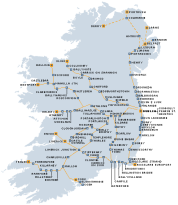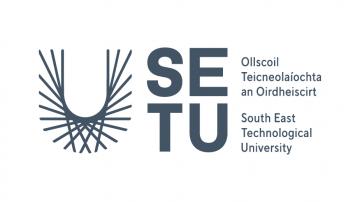Venue
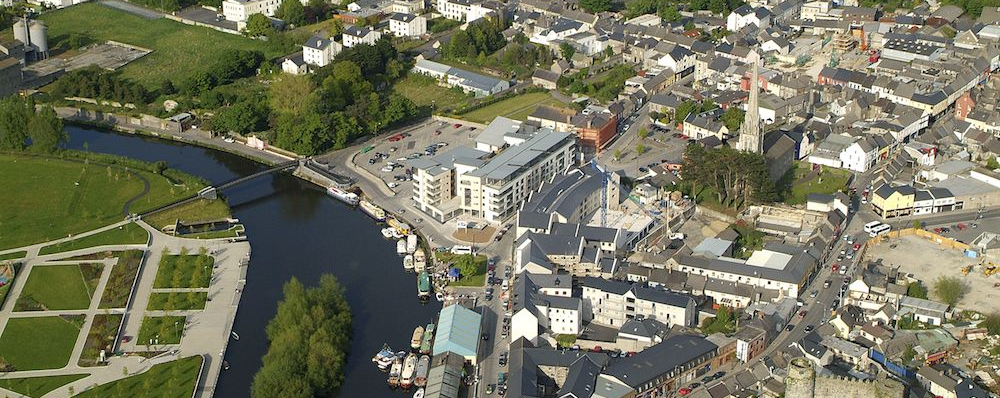
Conference Location
|
|
HistoryPre-Historic Times
|
The name Carlow is an anglicisation of the Irish language name Ceatharlach. Historically, it was anglicised as Caherlagh, Caterlagh and Catherlagh, which are closer to the Irish spelling. According to logainm.ie, the first part of the name derives from the Old Irish word cethrae ("animals, cattle, herds, flocks"), which is related to ceathar ("four") and therefore signified "four-legged". The second part of the name is the ending -lach. Some, such as Deirdre Flanagan, believe that the name should be Ceatharloch (meaning "quadruple lake"), since ceathar means "four" and loch means "lake". It is directly translated as "Four lakes", although, there is seemingly no evidence to suggest that these lakes ever existed in this area. The Carlow county area has been settled for thousands of years, evidence of human occupation extends back thousands of years, the most notable and dramatic prehistoric site being the Browneshill Dolmen – a megalithic portal tomb just outside Carlow town. |
Early Christian EraNow part of the diocese of Kildare and Leighlin, several Early Christian settlements are still in evidence today around the county. St Mullin's monastery is believed to have been established around the 7th century, the ruins of which are still in evidence today. Old Leighlin was the site of one of the largest monastic settlements in Ireland and the location for a church synod in 630 AD which determined the date of Easter. St Comhgall built a monastery in the Carlow area in the 6th century, an old church building and burial ground survive today at Castle Hill known as Mary's Abbey. Carlow was an Irish stronghold for agriculture in the early 1800s which earned the county the nickname of the scallion eaters. Famine wiped out a lot of the population, cutting it in half. |
|
Middle Ages
|
Carlow Castle was constructed by William Marshal, Earl of Striguil and Lord of Leinster, c1207-13, to guard the vital river crossing. It was also to serve as the capital of the Lordship of Ireland from 1361 until 1374. This imposing structure survived largely intact until 1814 when it was mostly destroyed in an attempt to turn the building into a lunatic asylum. The present remains now are the West Wall with two of its cylindrical towers. The bridge over the river Barrow – Graiguecullen Bridge, is agreed to date to 1569. The original structure was largely replaced and widened in 1815 when it was named Wellington Bridge in celebration of the defeat of Napoleon's army by the Duke of Wellington at the Battle of Waterloo in June of that year. The bridge was built across a small island in the river and a 19th-century house was constructed on the bridge – this was for a time occupied by the Poor Clares, an enclosed religious order who still have a convent in Graiguecullen. Another convent belonging to the Presentation Order of nuns now houses the County Library and beautifully restored, newly opened Carlow County Museum. |
17th and 18th CenturyThe town is recalled in the famous Irish folk song, Follow Me Up to Carlow, written in the 19th century about the Battle of Glenmalure, part of the Desmond Rebellions of the late 16th century. In 1650, during the Cromwellian conquest of Ireland, Carlow was besieged and taken by English Parliamentarian forces, hastening the end of the Siege of Waterford and the capitulation of that city. During the 1798 rebellion Carlow was the scene of a massacre of 600 rebels and civilians following an unsuccessful attack on the town by the United Irishmen, known as the Battle of Carlow. The Liberty Tree sculpture in Carlow, designed by John Behan, commemorates the events of 1798. The rebels slain in Carlow town are buried in the 'Croppies Grave', in '98 Street, Graiguecullen. |
|
19th and 20th Century
|
The Cathedral, designed by Thomas Cobden, was the first Catholic cathedral to be built in Ireland after Catholic Emancipation in 1829. Its construction cost £9,000 and was completed in 1833. Beside the cathedral, Saint Patrick's College dates from 1793. The College, was established in 1782 to teach the humanities to both lay students and those studying for the priesthood. The Carlow Courthouse was constructed in the 19th century. There are still many old estates and houses in the surrounding areas, among them Ducketts Grove and Dunleckney Manor. St Mullin's today houses a heritage centre. |
|
|
|
ClimateCarlow is in a maritime temperate oceanic region according to Köppen climate classification. It experiences cool winters, mild humid summers, and a lack of temperature extremes. Met Éireann records climate data for Carlow from their station at Oak Park, situated at 61 m (200 ft) above sea level. The coldest month is February, with an average minimum temperature of 2.1 °C (36 °F), and the hottest month is July, with an average maximum temperature of 21.3 °C (70 °F). The driest months are April and May, with 45 mm (2 in) and 50 mm (2 in) of rain respectively. The wettest month is November, with 98 mm (4 in) of rain on average.[34] Humidity is high year-round and rainfall is evenly distributed throughout the year. |
Parts of this text and pictures were copied from 
Conference Venue
|
SETU - South East Technological University |
Getting to Carlow and SETU - South East Technological University 
By Plane
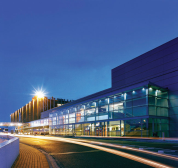
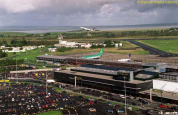
|
When arriving in Ireland by plane, it can either be at Dublin, Shannon, Galway Airport or Cork Airport. Dublin Airport is the most convenient of them all. Bus from Airport Several companies have bus services departing from the airport |
By Sea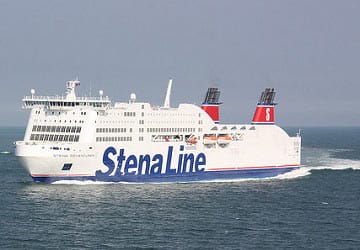
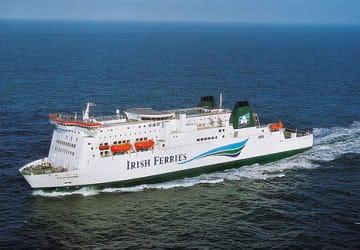
|
A variety of ferry services (Stena Line and Irish Ferries) are available from Britain and continental Europe to Ireland. Ports in Ireland include Dublin Port, Dún Laoghaire Harbour and Rosslare Harbour. |
By Rail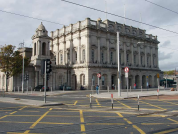
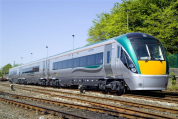
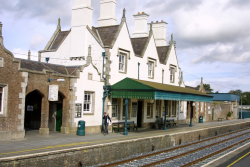 |
When you have arrived in Dublin and you wish to take the train then go to Heuston station from where all Carlow trains depart. There are direct links between Carlow and Dublin, Waterford. The single journey between Carlow and Dublin takes approx. 1 hour. Carlow railway station is approx. 35 minutes (on foot) from the Institute. See the Irish Rail site for details.
|
By Coach and Bus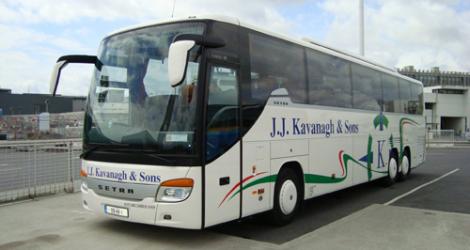
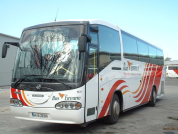 |
National coach services The National coach services linking Dublin Airport with Carlow Station are the commercial JJ Kavenagh and the public run Bus Eireann service.
Bus services to and from Dublin, Waterford, Kilkenny (other towns) operate daily from Carlow. |
By Taxi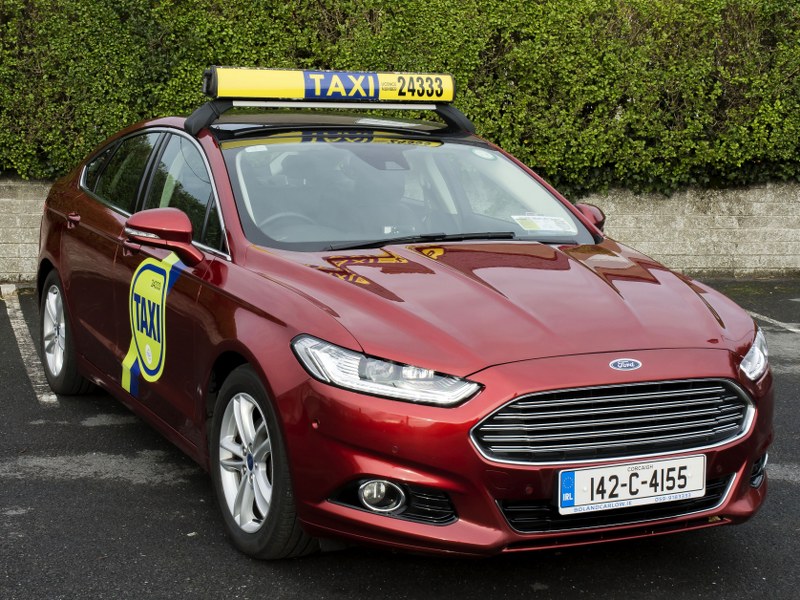 |
Taxis can be taken at the train station to the University.
These are the companies operating in Carlow: |
By Car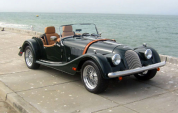 |
Carlow is on the main Dublin to Waterford N9 route, approximately one and a half hours drive from Dublin and an hour from Waterford. SETU is located on the Kilkenny Road, a few minutes drive from Carlow town. The campus has ample car-parking facilities close to the reception area. |
On Foot
|
The SETU campus is just 10 minutes walk from Carlow Town. All chosen hotels are within easy walking distance of SETU (see hotel page) |
SETU - South East Technological University
Carlow City Map
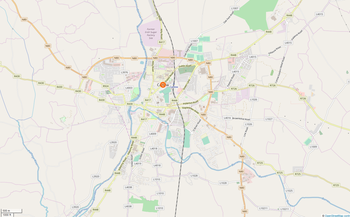
Click on the above map for a larger image
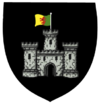
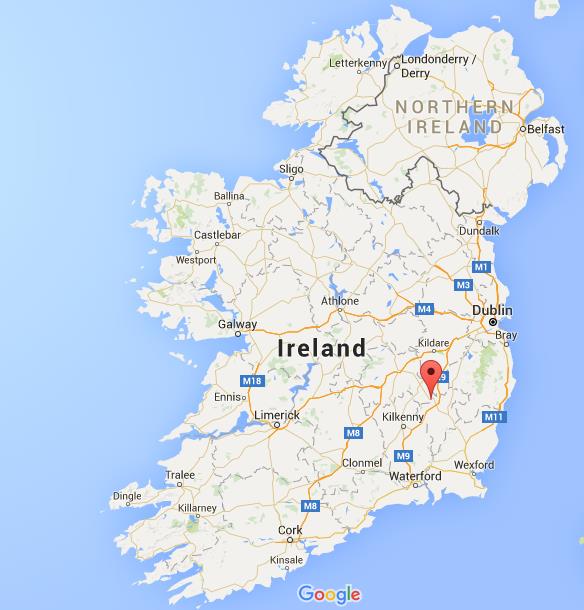
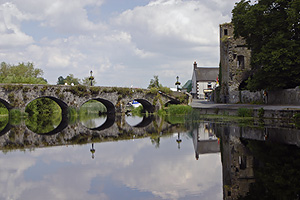
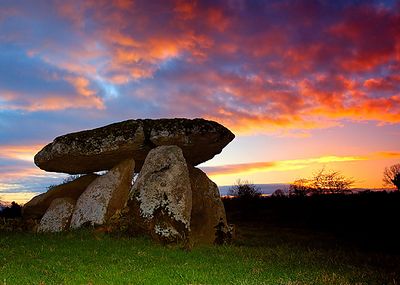
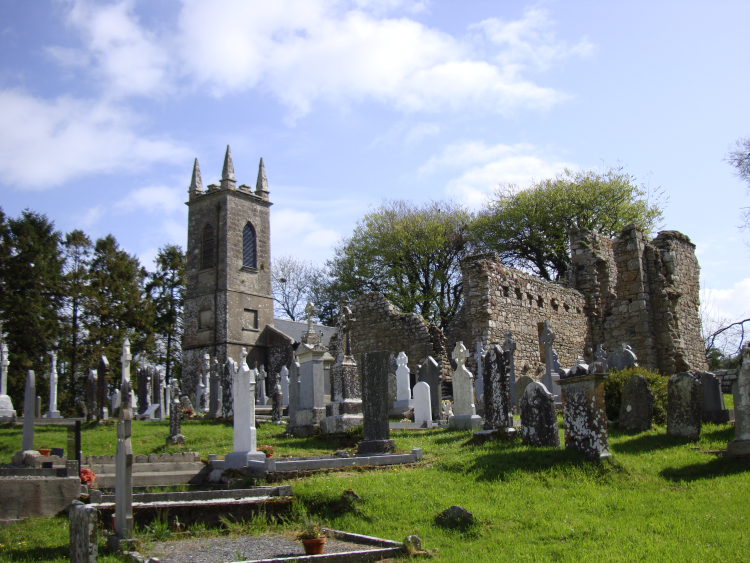
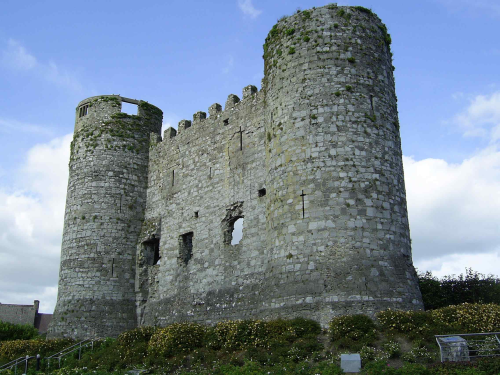
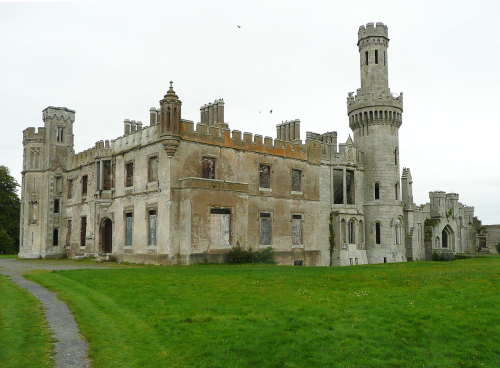
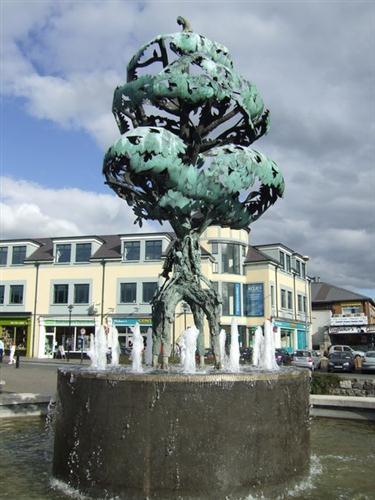
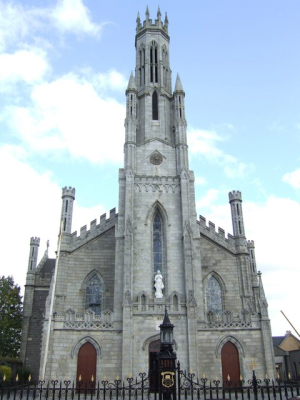
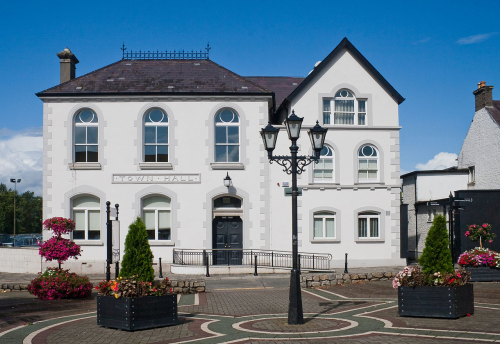
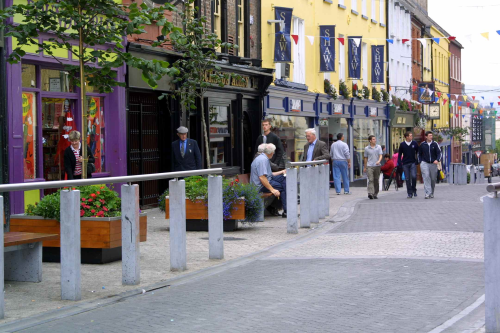
 +353 59 917 5000
+353 59 917 5000
